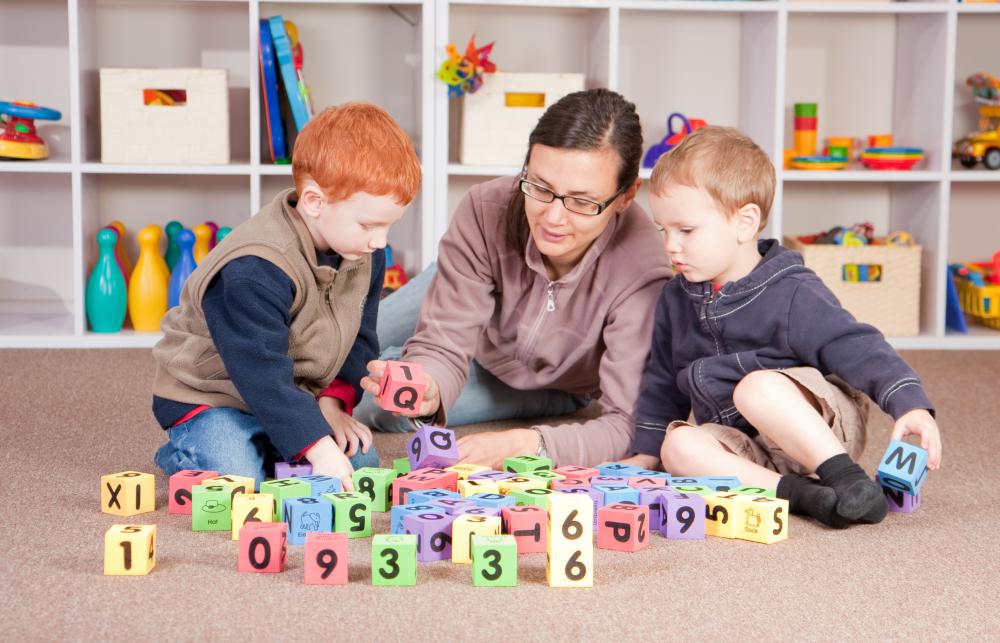At WiseGEEK, we're committed to delivering accurate, trustworthy information. Our expert-authored content is rigorously fact-checked and sourced from credible authorities. Discover how we uphold the highest standards in providing you with reliable knowledge.
How do I Prevent Lice?
The odds of preventing lice, particularly head lice, rate right up their with winning the lottery. If you have children, and they attend school or a daycare center, chances are that sooner or later one or more of the kids will come home with head lice. Contracting these bothersome parasites has nothing to do with hygiene or cleanliness, and luckily lice do not spread disease. They main steps you can take to prevent lice lie in educating children to avoid practices that will aid in transmission.
Lice do not jump or fly, and they only have a two-day lifespan when they are removed from their host. In fact, lice can only be transmitted by contact with an infested person. Head-to-head contact is the most common form of new infestation, although it can also occur by sharing clothing with a lice inflicted individual. Lice can also be transferred via couch cushions, sheets, towels, pillowcases, and even car seats. Therefore, to prevent lice, there are steps that can be taken to lessen the chance of transmission.

First, teach your children to never share combs, brushes, towels, scarves, or hats with their friends. Head lice can only move to a new host through some sort of direct contact. Such contact is almost impossible to control, and in the United States alone up to 12 million people – primarily children – contract head lice every year. Those most likely to contract head lice are children ages three to ten, with girls being more at risk than boys.

Lice can be killed with a variety of over-the-counter, medicated shampoos that are perfectly safe for humans but deadly to lice. To prevent lice from returning, an all too common occurrence, you should engage in a number of simple procedures. Because of the short life span of lice when detached from a host, there is no need to fumigate an entire home.

After making certain your child’s head is free of lice, you should wash all brushes and combs in a medicated shampoo. Another technique to prevent lice re-occurrence is to soak these personal items in water exceeding 128 degrees Fahrenheit (53 degree Celsius) for ten minutes. Wash all clothing, pillowcases, sheets, hats, and coats in hot water, and then dry them at the hottest setting possible. Vacuum your car seats, couch cushion, pillows, and beds to pick up any lice that may still be living and lying in wait. Last but not least, check you child’s head every few days to make certain that the medicated shampoo worked and that the lice have not returned.
AS FEATURED ON:
AS FEATURED ON:

















Discuss this Article
Post your comments